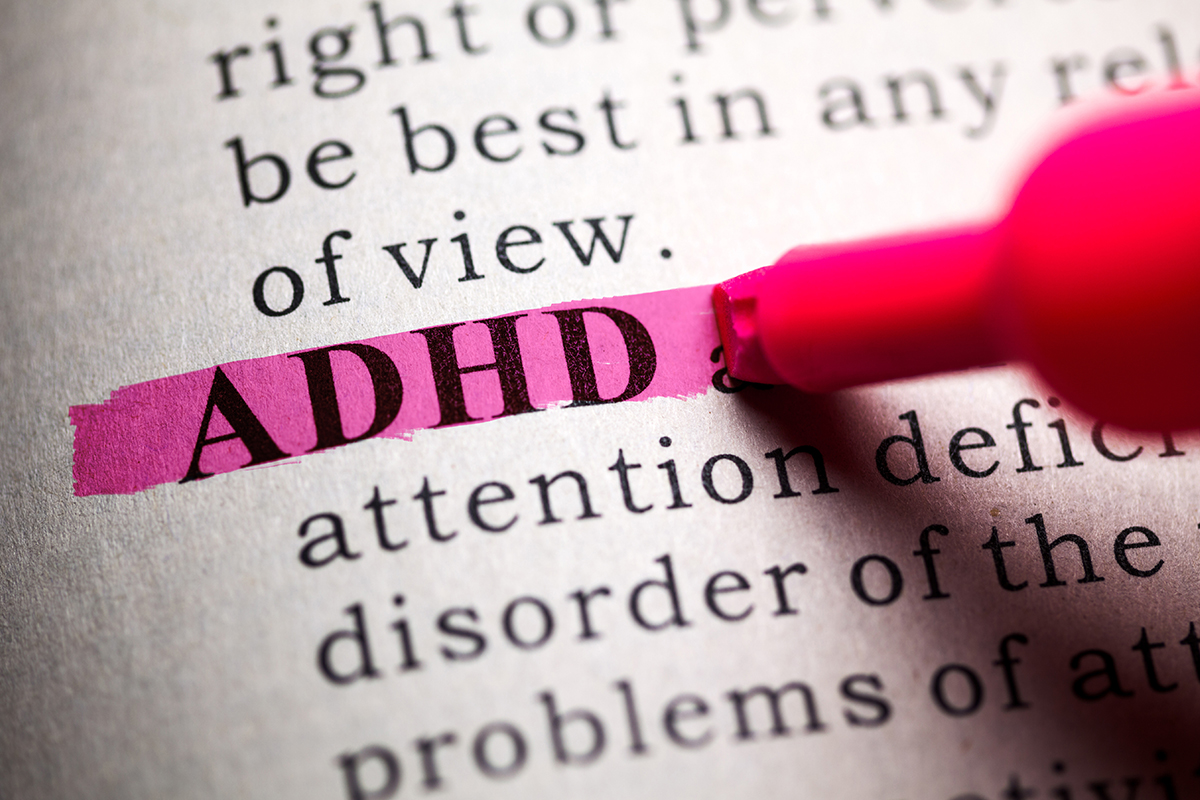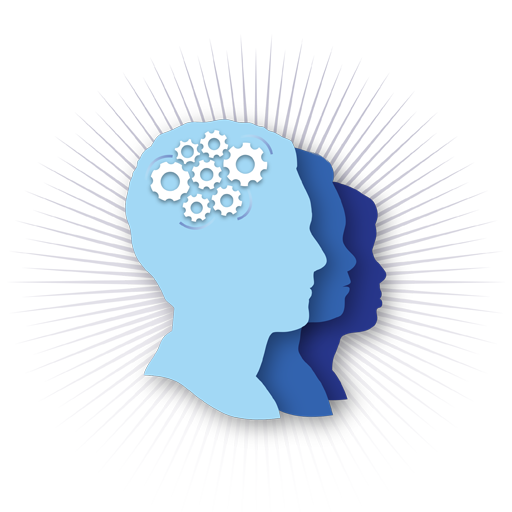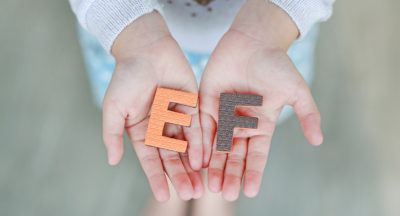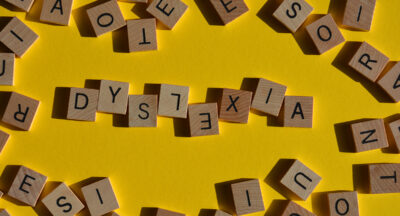
Treating ADD and ADHD Without Drugs: Cognitive Solutions Learning Center in Chicago Offers Non-Medicinal Alternatives
Cognitive Solutions Learning Center, a Chicago based clinic, offers a specialized approach for treating Attention Deficit Hyperactivity Disorder without the use of medication.
Chicago, IL, September 02, 2011 –(PR.com)– Ari Goldstein, PhD, founder and director of the Cognitive Solutions Learning Center in Chicago, noticed an enormous spike over the past ten years in referrals he received for diagnosis of attention deficit disorders such as ADD and ADHD. Sometimes symptoms would manifest as disruptive behavior at home or at school; sometimes academics were overwhelming due to inability to focus.
What troubled Dr. Goldstein, who has a PhD from the University of Illinois in Educational Psychology and a Masters in Learning Disabilities, was that when the child received a diagnosis of ADHD (Attention Deficit Hyperactivity Disorder), of which ADD (Attention Deficit Disorder) is a subcategory, that child would almost certainly end up on medication.
It’s estimated by the Institutes of Mental Health that 9% of the school-aged population – mostly boys – have the disorder. That’s over two million children. And that’s conservative, according to Dr. Goldstein. “If all these kids are put on meds, that seems scary to me as a parent,” he says.
Dr. Goldstein became interested in researching the availability and effectiveness of non-medicinal treatments for attention disorders. Through his research, he came across methods he has put together successfully to help children and adults without medication.
ADHD/Add One
Dr. Goldstein and his Cognitive Solutions team of professionals, which includes learning specialists, speech and language pathologists, and a clinical neuropsychologist, have developed a multifaceted, noninvasive approach to treating what he calls a disability of regulation.
“People with ADHD, whether children or adults, have difficulty in regulating and controlling their behaviors, actions, thoughts, problem solving, and such,” Dr. Goldstein explains. “To treat the disorder, we need to know how the problems in regulation are manifesting and then develop an individualized plan to address the deficits.”
Emphasizing that “We’re actively treating the deficit, which offers a long-term solution,” he points out that what he opposes is over-use of medication, not medication itself. He suggests pharmaceuticals as an alternative to consider where a child’s behavior is destructive to himself or others, or to clients who have shown no improvement after following the non-medicinal protocol diligently for four to six months.
After a thorough evaluation including batteries of tests, if it appears an ADHD diagnosis is appropriate, he will send the client for a metabolic screening to rule out possible underlying blood-related causes for symptoms similar to ADHD, such as blood sugar regulation difficulties, under or over active thyroid or lead poisoning.
The first prong of Dr. Goldstein’s non-medicinal approach is nutrition and supplementation. “What we put into our bodies has a tremendous role in how our brain functions,” he declares. Sugar exacerbates ADHD symptoms. “The more stable the blood sugar level, the better their attention and the less of the anxiety experience which is often a part of ADHD,” he says.
Removing processed foods from one’s diet and testing for and eliminating food allergies can also make a huge difference. “Food allergies is an auto-immune disease: the body is attacking itself,” he explains. “This can cause depression, anxiety and negatively affect one’s capacity for attention and learning.”
Supplementing diets with Omega 3 fish oil from fatty fish like salmon and sardines supports enhanced brain function: “Many Americans are deficient in this,” he observes. Likewise, pro-biotic foods like live culture yogurts improve general health and cognitive functioning.
The second prong is exercise and sensory input. “Exercise helps balance the chemicals in our brain,” he asserts. This is especially important if a child is spending lots of time in front of video games, TV and computers. From the earliest days, these devices wreak havoc on our attention span: “If a child spends more than two hours a day engaged in these pursuits, there is a greater chance of developing ADHD,” he warns. He attributes the spike in diagnosis at least in part to children getting used to such constant and rapid media stimulation that it’s hard to adjust to the real world.
He also advises that young boys diagnosed with ADHD often are hungry for sensory stimulation. He might put them on a diet with crunchy foods, and suggest activities like swinging on a swing and swimming, both to work off energy and calm them down. Tae Kwon Do is recommended as an excellent vehicle for engaging in physical activity with others, while instilling discipline and focus.
The third prong of Dr. Goldstein’s program is executive functions training. These functions have a number of components that are found in the frontal lobe, from cognitive planning to physical organization, from controlling emotional outflow to working memory. Developing cognitive organization leads to physical organization, Dr. Goldstein says.
A thorough evaluation of these functions by a learning specialist will show which areas need to be addressed. “A pill can help the behavioral and academic aspects, but it is short lived,” he says, “so we do a child disservice when we do not train them in specific executive function skills.” Parents can support this development as well through ensuring their children have structure and routine, which are comforting, and logical consequences where behaviors require modification.
The fourth prong, which Dr. Goldstein describes as the leading non-medicinal treatment for ADHD, is neurofeedback. “We’ve consistently seen tremendous and dramatic results from this,” he enthuses. He explains that the brain is an electrical matrix with different signals being sent, but the signals may not be functioning optimally. He describes the neurofeedback process as being like a video game the child plays with their mind. Initial brain imaging [QEEG] helps to show what is functioning optimally and what is not.
“Neurofeedback provides training to recognize what a brain wave state feels like, so we can shift it more easily,” he explains. This teaches children with ADHD how it feels to shift their brain from a relaxed to an attentive state. “We’ve seen tremendous change, and not just in the behavioral and academic aspects of children with ADHD,” he says. Adults go off depression meds, athletes improve their peak performance, surgeons learn to move “into the zone” for their surgery. Clients typically undergo 20 to 40 sessions which are presented on a twice a week basis.
Dr. Goldstein’s enthusiasm for neurofeedback is echoed by Catherine Tipping, whose son Rowan has been diagnosed with ADHD and started his treatment with Dr. Goldstein a year and a half ago. At that time, six-year-old Rowan manifested focus issues that affected his schoolwork. “From the initial and intensive battery of diagnostic tests to the recommendation he get special glasses from a visual processing expert and twice-weekly neurofeedback sessions, the change has been nothing but positive,” she declares.
She credits neurofeedback for much of the improvement, but adds that minor dietary adjustments, such as yogurt shakes and fish oil supplements, and signing Rowan up for Tae Kwon Do also have helped him to be calmer and focus better. Moving from “really struggling,” his last report card was nearly all As and Bs. Now in second grade, he continues his neurofeedback sessions with neuropsychologist Dr. Sam Effarah and sees a Cognitive Solutions learning specialist weekly to help him to organize his thoughts on paper.
Tipping was so impressed with the neurofeedback portion of the treatment that she herself has undergone treatment to combat sleep issues and a family history of depression. “I do feel calmer,” she says. She has also started Rowan’s twin sister, Gemma, who is accelerated academically but “a little hyper,” as well. “The kids think it’s fun, like a computer game,” Tipping smiles.
It does take more time, expense, and intensive involvement with your kids to deal with attention deficits using this multi-pronged, non-medicinal approach, according to Dr. Goldstein. And not every client chooses to utilize all four prongs. Those who do, like Tipping, are big advocates of the approach.
“We’ve seen great changes in him,” says Tipping about son Rowan. She advocates ruling out all other options before risking side effects of pharmaceuticals that can clinically affect your child, asserting that in her family’s experience, “the Cognitive Solutions approach offers a great alternative to automatically going the medications route.
“This shows there are other options out there,” Tipping declares. “It takes more time, but it’s so worth it!”
Cognitive Solutions Learning Center is located at 2419 N. Ashland in Chicago. The phone number is (773) 755-1775 and web address is www.helpforld.com.
Source: http://www.pr.com/press-release/350430
Related Posts
Natural Treatment For Attention Deficit Disorders Without Medication
When I was growing up in the 1970’s, there were always boys who were hyper. They...
How Do I Know I Need a Psychological Evaluation: Executive Functioning (Part 1)
There are several reasons a person might need a psychological evaluation....
Adult Dyslexia Help in Chicago
Adult Dyslexia Cognitive Solutions Learning Center-Chicago, Il. Dyslexia is a...
Testimonial – J.F.
I can’t say enough about Dr. Effarah and Cognitive Solutions Learning Center. I...




